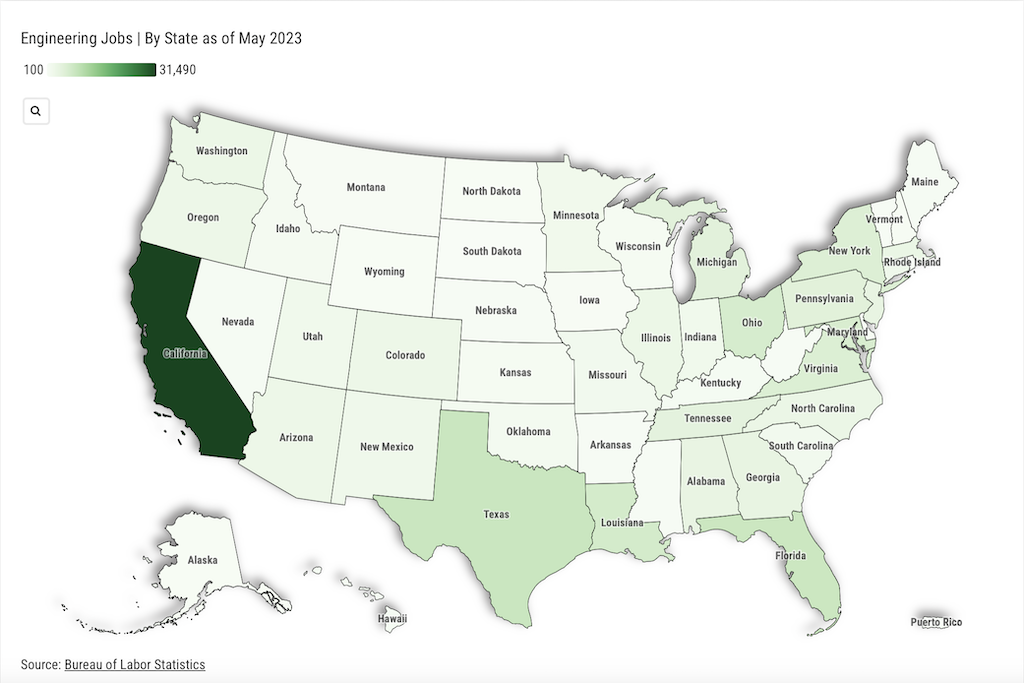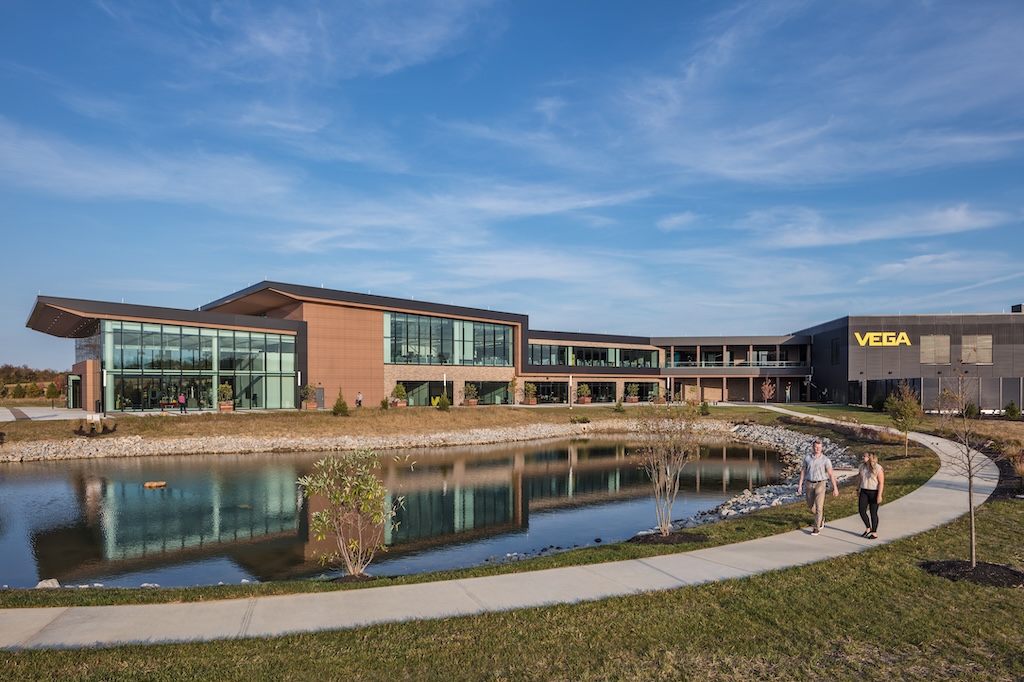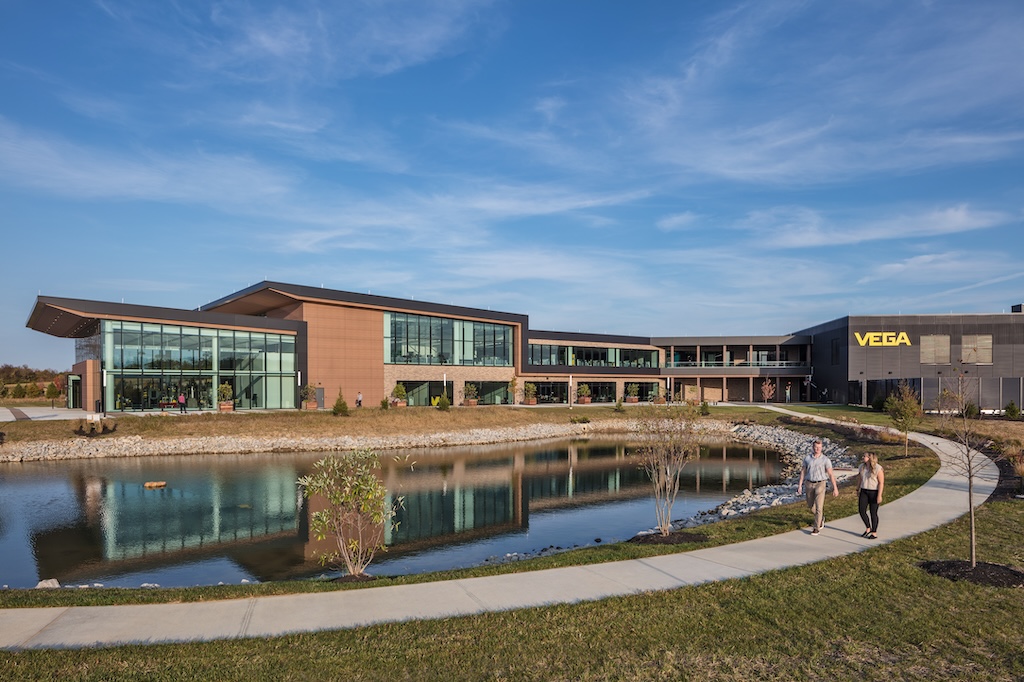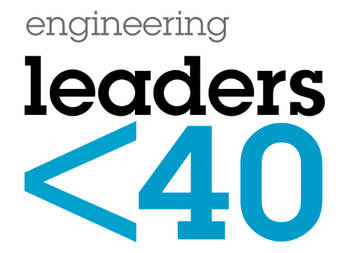Report from Deloitte and The Manufacturing Institute points to digital skills needed for the future.

Despite what they concede is a healthy overall economy, Deloitte and The Manufacturing Institute’s fourth annual skills gap study shows a worsening gap between manufacturing jobs and the workers available to fill those jobs.
“The industry would need to employ approximately 1.96 million additional workers between 2017 and 2028 to produce the goods the growing economy could demand,” the report notes. “However, the lack of skills identified by manufacturing industry executives and impending retirements suggest the industry could experience employment bottlenecks, leading to a potential 2.4 million jobs going unfilled, with the risk of limiting production below these projections.”
Paul Wellener, vice chairman and US industrial products and construction leader for Deloitte LLP, discusses the study findings and how manufacturers can—and must—reserve this trend:
CFE Media: We’ve been talking about the Skills Gap in manufacturing for more than a decade. During the recession, the issue was urgent; now we’ve reached a critical stage. What’s kept this issue from being addressed sooner?
Wellener: Manufacturers have been actively addressing the talent and skills shortage for the past several years, as the issue has grown in seriousness. The reason it is reaching critical stage stems from several factors: the growth the manufacturing industry has experienced over the past few years, the increase in baby boomer retirements over the coming decade, and the historically low unemployment rates, which leads to a decrease in the available talent to fill the open jobs. This scarcity is causing manufacturers to rethink how they manage talent, and how this will need to continue evolving to reflect the broader changes in the future of work.
CFE Media: With the advent of the Industrial Internet of Things (IIoT), have those skills changed?
Wellener: We are certainly seeing the IIoT and other advanced technologies have a noticeable impact on skills across jobs and roles in manufacturing. Our research identified that the top skills, broadly speaking, that executives identify as necessary in today’s technologically advanced workplace are very digitally-infused.
The five skill sets that manufacturing executives said could increase significantly in their sector in the coming years are technology/computer skills, digital skills, programming skills for robots/automation, working with tools and technology and critical-thinking skills.
CFE Media: On the other hand, are the lack of skilled workers delaying the implementation of technology improvements such as IIoT?
Wellener: We have not seen evidence that the lack of skilled workforce directly delayed the implementation of technology improvements. In some cases, we have seen manufacturers apply automation to help supplement the workforce, and 64% of those manufacturers that did so found automation helpful to overcome the challenge of filling job openings with qualified talent. Low-skilled production in particular was an area of focus.
CFE Media: What tactics are working? How are manufacturers successfully addressing their individual Skills Gap?
Wellener: We have seen those companies that have used automation to supplement specific segments of the workforce find themselves able to address their individual skills gap. Additionally, we have seen manufacturers improve their HR management practices to attract, hire, and retain talent along with rethinking how work is structured, which ties into the broader future of work efforts the industry is undergoing. Outsourcing work to gig workers, enabling remote work, distributing work to other locations, and using advanced technologies to power virtual work are all approaches producing different levels of effectiveness.
CFE Media: One area mentioned in the study is the use of retired workers to help fill some of the worker shortfall. What are some of the implications of this strategy?
Wellener: Engaging experienced, committed employees as they plan to exit the workforce is a positive way to retain knowledge and create a formal system for knowledge transfer within the workforce. We have already seen a number of large, global manufacturers do this successfully.
CFE Media: Automation increasingly is looked at to solve a large part of the manufacturing Skills Gap, but the workers skills needed to manage that automation also change. What are the steps needed to address this issue?
Wellener: Our research shows a current gap between sourcing the skills needed today and identifying all of the potential new skills and jobs for tomorrow. So, to begin, manufacturers need to create future scenarios about what work looks like in 2025, for example. Our future of work in manufacturing series attempts to help manufacturers visualize a future that contains the exact scenario you identify.
We have created a series of “personas” written from the personal job perspective to highlight how jobs and roles are changing with the influx of technology and automation. We have already published a profile of a digital twin engineer (you can read it here), and one of our upcoming personas is for a “robot coordinator,” a new role that involves helping humans and machines work alongside each other in harmony.
The responsibilities and time spent on activities that we identify in these profiles act as a tool for backtracking from the future to the present, where leaders can create tactical plans for getting from now to tomorrow on the talent front. are meant to help manufacturers consider how to modify talent management strategies that will accommodate for the changes in skills, roles, and jobs over the next five to 10 years.



